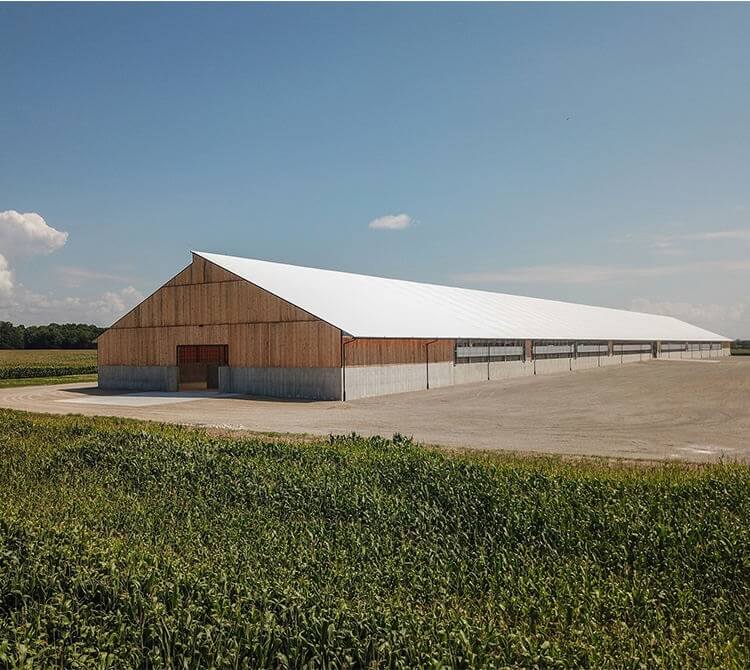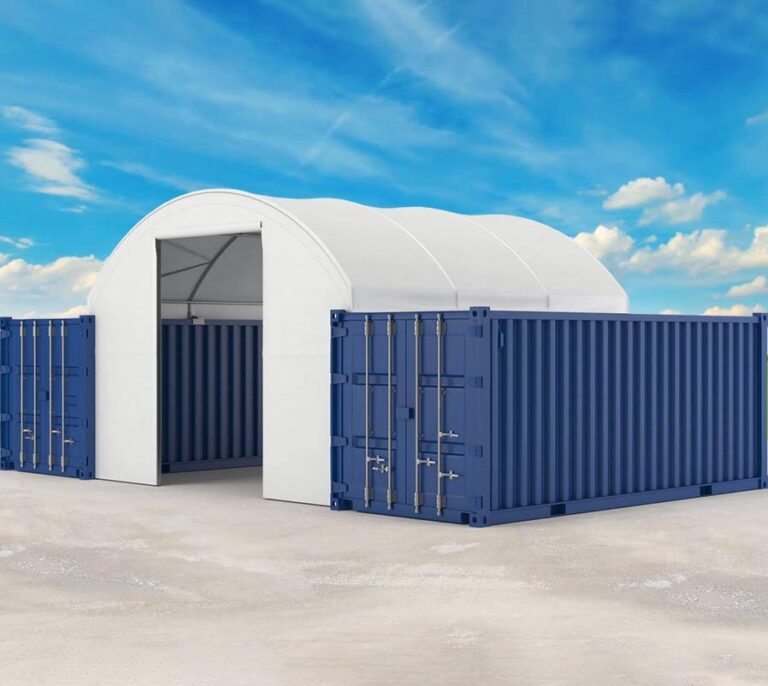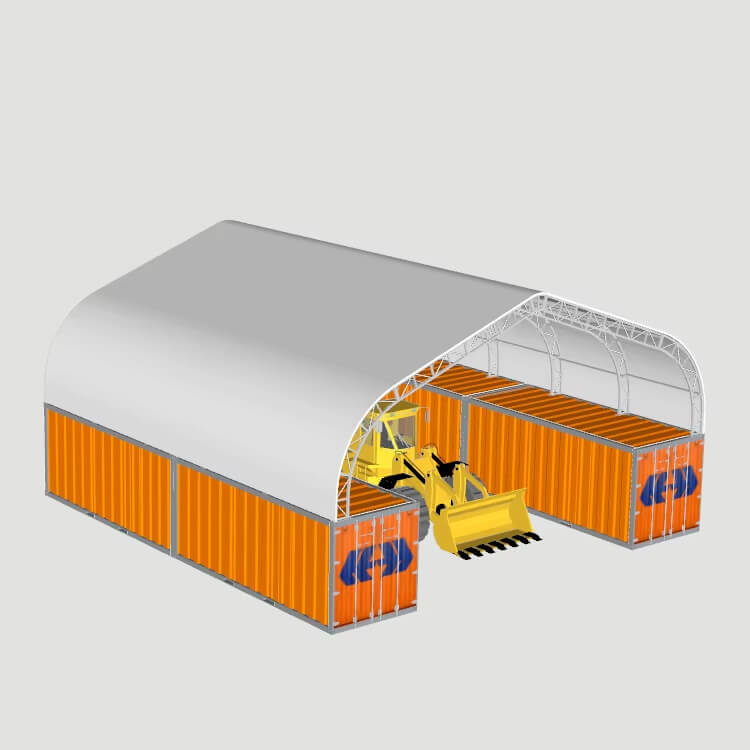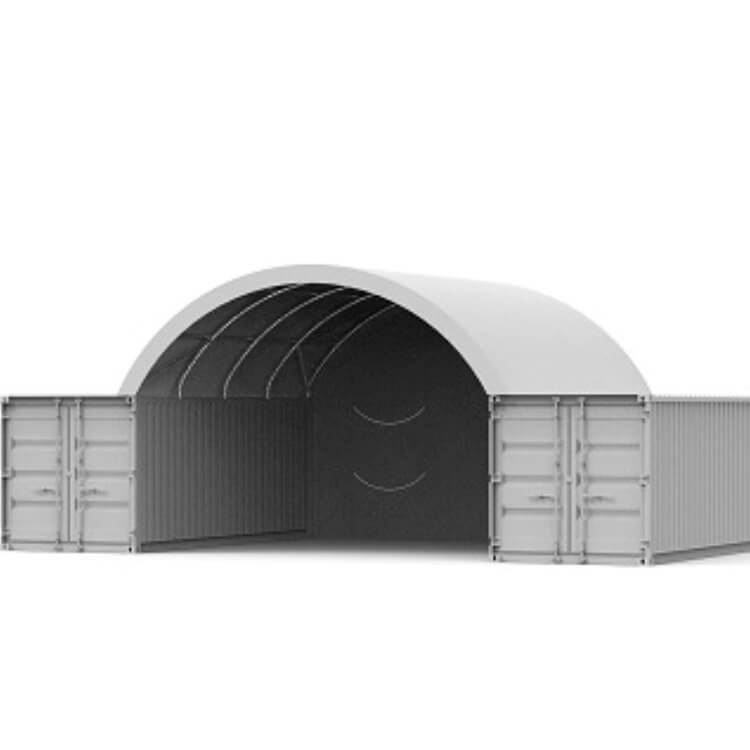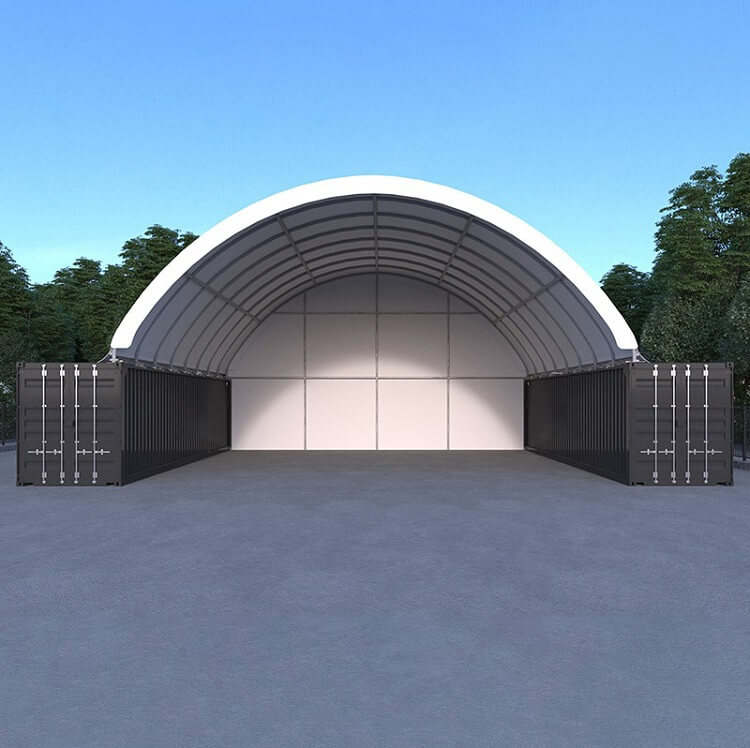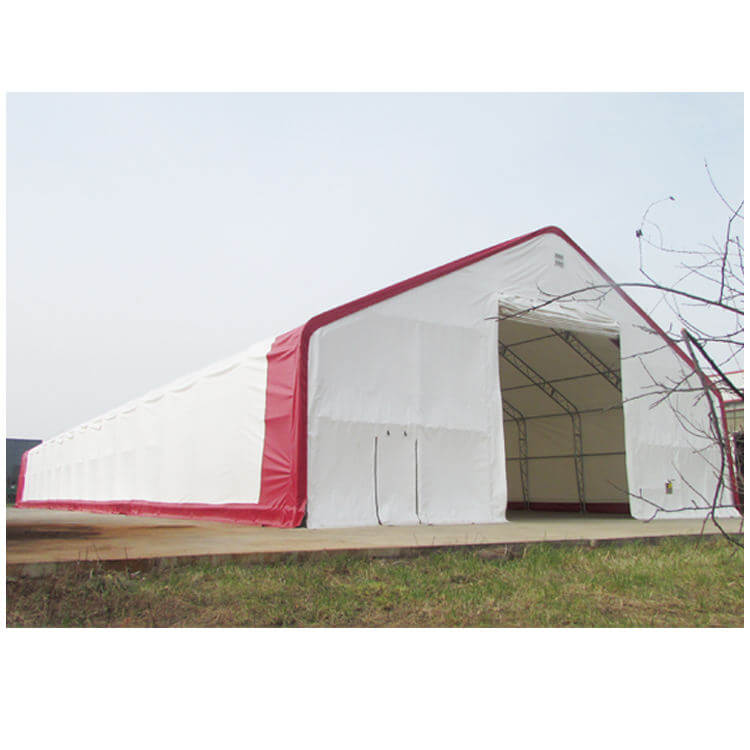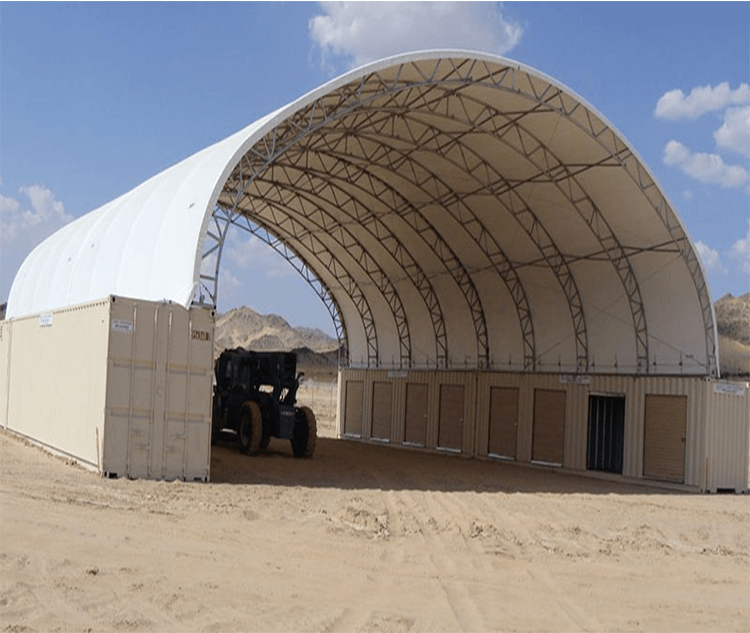Design Services

Robust, Versatile, and Weather-resistant Spaces of Large Industrial Shelter
Large industrial shelters play a critical role in supporting industries by providing robust, versatile, and weather-resistant spaces. These shelters are designed to accommodate various industrial needs, ranging from storage and manufacturing to equipment housing and employee facilities. This article explores the key features, applications, and benefits of large industrial shelters, shedding light on their importance in modern industrial operations.
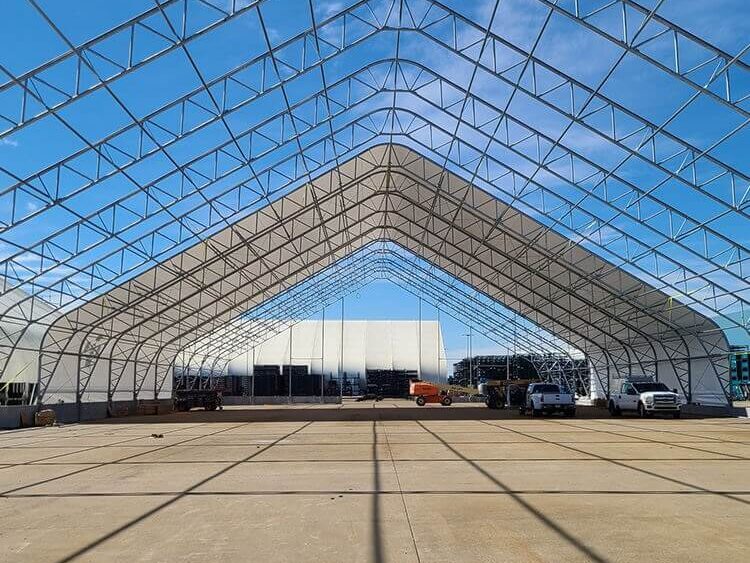
Key Features of Large Industrial Shelters
- 1. Durability and Strength
- Large industrial shelters are constructed with high-quality materials such as steel, aluminum, or reinforced fabric. These materials ensure the shelter can withstand harsh weather conditions, including heavy snow, strong winds, and intense heat.
- 2. Customizable Designs
- Modern industrial shelters offer a high degree of customization. They can be tailored to specific dimensions, layouts, and functional requirements, making them suitable for a wide range of industries.
- 3. Portability and Scalability
- Many industrial shelters are modular, allowing for easy assembly, disassembly, and relocation. This feature is particularly valuable for industries that require temporary setups or anticipate expansion.
- 4. Climate Control Options
- Advanced shelters can include climate control systems to maintain optimal temperatures and humidity levels, ensuring the safety of sensitive equipment and materials.
- 5. Cost-Effectiveness
- Compared to traditional brick-and-mortar buildings, industrial shelters are often more economical in terms of construction time, labor, and materials.
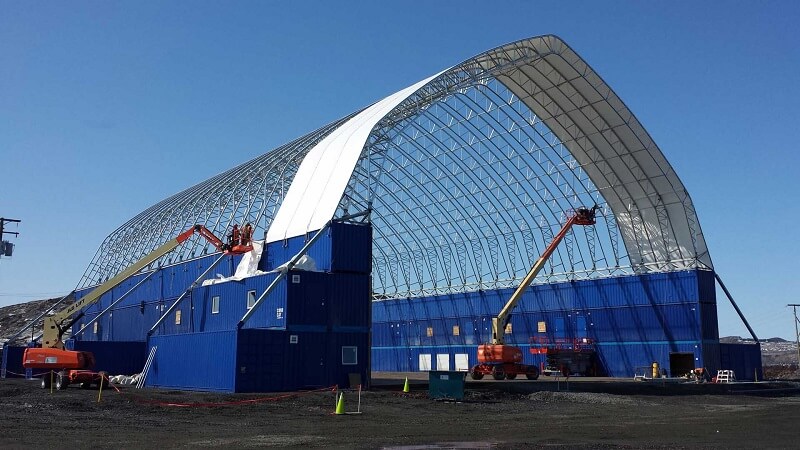
Applications of Large Industrial Shelters
- 1. Storage Facilities
- These shelters are widely used for storing raw materials, finished goods, and machinery. Their spacious interiors and protective features make them ideal for safeguarding assets against environmental damage.
- 2. Manufacturing Units
- Temporary or semi-permanent industrial shelters can serve as manufacturing spaces for industries like automotive, aerospace, and construction.
- 3. Equipment Housing
- Heavy machinery and specialized equipment require secure storage to ensure functionality and longevity. Industrial shelters provide the necessary space and protection.
- 4. Workforce Accommodation
- In remote or challenging environments, industrial shelters can be outfitted to house workers, providing them with comfortable and safe living quarters.
- 5. Emergency and Disaster Relief
- These shelters are invaluable during natural disasters or emergencies, offering temporary operational bases or storage for relief supplies.
Benefits of Using Large Industrial Shelters
- 1. Flexibility
- The adaptability of industrial shelters allows businesses to respond quickly to changing needs, such as increased production demands or shifting locations.
- 2. Speed of Deployment
- Industrial shelters can be erected rapidly, enabling businesses to minimize downtime and start operations promptly.
- 3. Environmental Sustainability
- Many shelters use eco-friendly materials and construction methods, aligning with sustainable practices and reducing the environmental footprint.
- 4. Enhanced Safety
- Industrial shelters are designed with safety in mind, incorporating features such as fire resistance, secure anchoring, and robust structural integrity.
- 5. Cost Savings
- Reduced construction and maintenance costs make industrial shelters an attractive option for budget-conscious industries.
Large industrial shelters are indispensable in today’s industrial landscape, offering unparalleled versatility, durability, and efficiency. As industries continue to evolve, these shelters provide a practical solution to meet the growing demands for flexible and cost-effective infrastructure. Whether for storage, manufacturing, or workforce accommodation, investing in a high-quality industrial shelter is a strategic decision that can significantly enhance operational capabilities.
